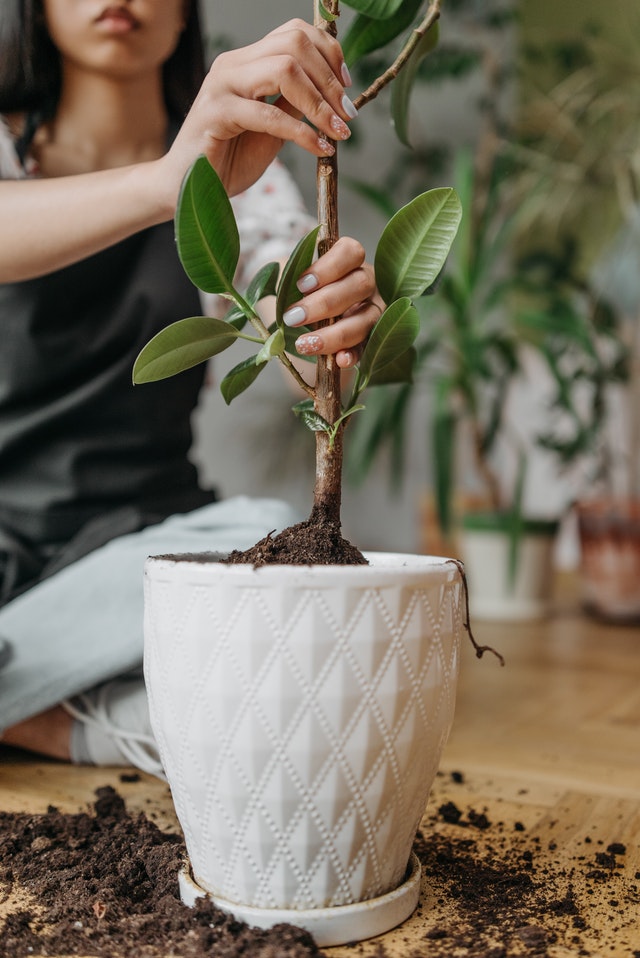29 September 2021
Although it seems obvious, first harvest any of your winter vegetables. After a light frost, dig up sweet potatoes and let them cure for a couple of weeks. When ripe, pick your pumpkins and winter squash.
Also, dig up bulbs that should not overwinter in the ground, such as Cannas, Gladioli, Dahlias, and Begonias. When their leaves turn yellow in the fall, it is time to use a spading fork and lift the bulbs from the ground, leaving soil on the bulbs. (All of these plants should be dug after frost has browned the foliage, then allowed to dry for about a week in a shady, well ventilated site, such as a garage or tool shed. Remove excess soil and pack them in peat moss, vermiculite or perlite. Make sure bulbs don’t touch, so that if one decays the rot doesn’t spread to its neighbors.) Store them in a cool, dry area like a basement, cellar, or garage that can maintain a temperature of 60 to 65 degrees. Before storing, examine the bulbs for any decay and discard those bulbs.
Cut back spent plants. Remove weeds from the garden, before those pesky intruders go to seed. You’ll be grateful in the spring. Remove any debris from the garden to reduce insect damage (for instance, squash bugs will overwinter on the debris from vines) and disease.

Compost your debris. Except, never compost diseased plants! The disease can remain active in your compost pile and will carry over to your soil when they are mixed.
Finally, it is time to work your soil. Drainage and aeration are essential to your garden and its plants. Add some source of organic matter like compost or peat moss, working it into the top 12 to 18 inches of soil. Don’t add sand to the garden area. Sand fills in the pore spaces, resulting in less oxygen in the soil and water available to the plants.
Do you know the pH of your soil and why is it important? Generally, a pH between 6.0 and 7.0 is ideal for most plants. There are some trees (oaks) and plants (azaleas and rhododendrons) that prefer a slightly acidic soil, so it’s nice to know what you need. To test for pH levels, pick 4 or 5 spots around your garden or lawn using a trowel, pipe or soil probe to get samples from around 4 to 8 inches deep. Put all the samples in a bucket or similar container and mix them together. Get a pH testing kit from your local garden center and see what you get.
Mulch is used to maintain an even temperature in the ground, retain moisture, suppress weed growth, and make the area look pretty. The advantage to using organic mulches is they decompose over time providing nutrients to the beds. The disadvantage is that they decompose over time, which means repurchase.
Each garden is unique and requires its own TLC, but these basics should get you ready for the next planting season.
